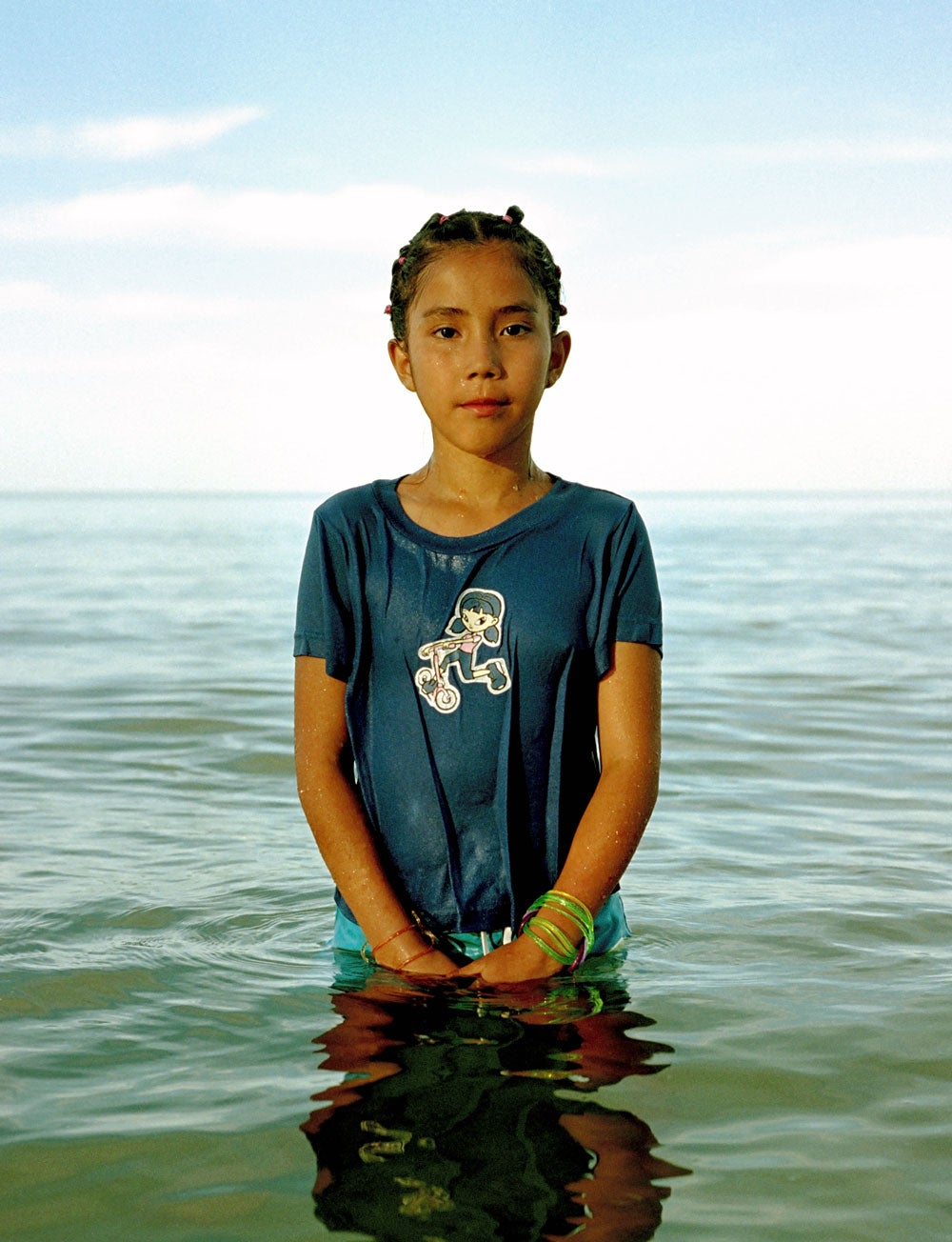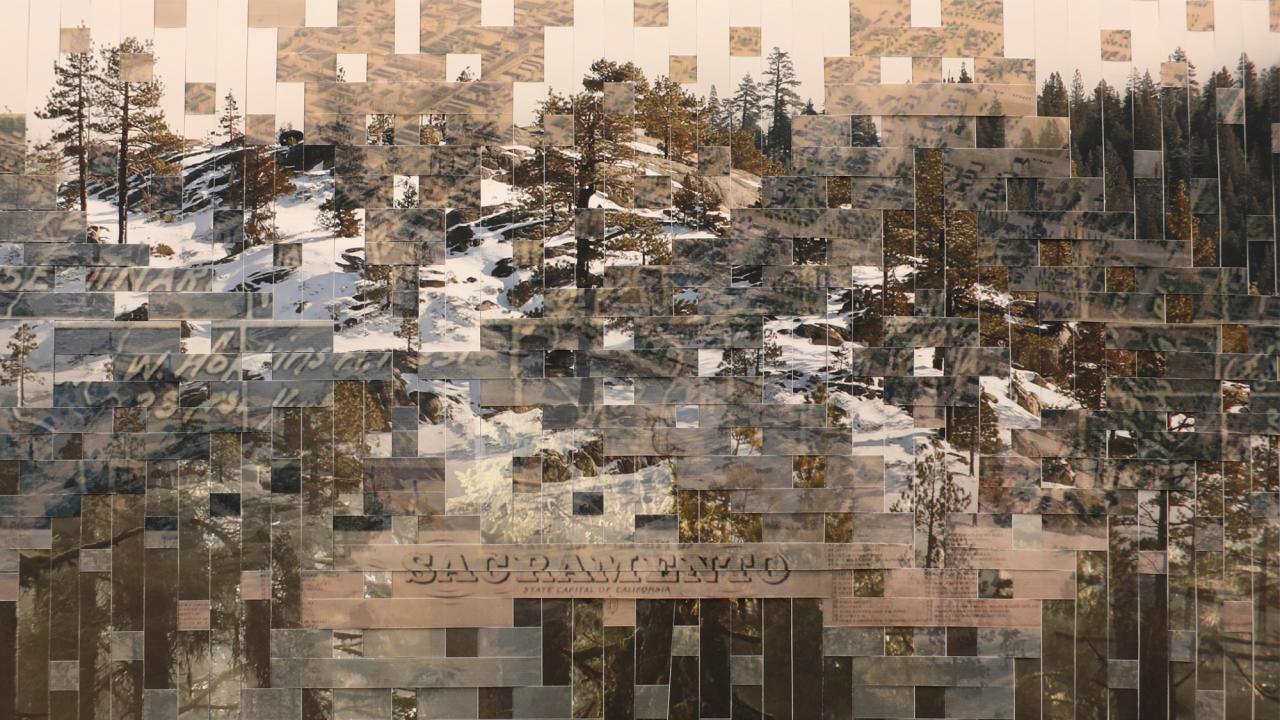Quick Summary
- Reflecting Lenses: Twenty Years of Photography at the Gorman Museum
More than two dozen Indigenous artists from North America, Aotearoa and Australia from a diversity of backgrounds will be represented at the Gorman Museum of Native American Art’s new exhibition at the University of California, Davis. “Reflecting Lenses: Twenty Years of Photography at the Gorman Museum” opens Wednesday, March 6.
The pieces are highlights of the Gorman photography collection alongside new works on loan from several artists. The exhibition runs through Sept. 1
For decades, the museum has hosted artists who advance Indigenous visual sovereignty — understood as the assertion of Indigenous autonomy through visual media. Photographs are now central to the museum’s collection of contemporary art. Themes that are prevalent in the collection relate to social and environmental justice, connection to homeland and Indigenous empowerment in the contemporary world.
Related events
Sunday, March 10 – Curator walk-through by Polly Nordstrand, 2 p.m.
Friday, April 12 – Artist talk by Sarah Sense & reception, 2-4 p.m.
May (tbd) – Artist talk by Natalie Robertson
Throughout its nearly 200-year history, photography has been a tool for colonial projects across the globe. Non-Native photographers deployed images that dehumanized and stereotyped Indigenous people. The non-Native gaze produced narratives of vanishing cultures, primitive minds and victims of progress.

Emergence of Native point of view
The work of early Indigenous photographers is seen as the emergence of a Native point of view. These images not only restore dignity to the subject but also reflect the priorities and realities of Indigenous experiences. Taking up the camera was an act of visual sovereignty.
Contemporary artists approach photography from a diversity of backgrounds including photojournalism, performance art, digital production and filmmaking. They produce visions of collective memory and counter narratives, in addition to portraits and landscapes. The subject of these images is Native presence.
Many Indigenous artists have examined issues of self-representation through their artistic practice. In response, the museum uses the artists’ own words to present their ideas and artistic strategies.
For details about related artist talks and events, please see and Facebook page.
The exhibition and events are sponsored by The Andrew W. Mellon Foundation Art Museum Futures Fund and the UC Davis College of Letters and Science.
Media Resources
Editors: Photos and captions
Media Contact:
- Karen Nikos-Rose, News and Media Relations, 530-219-5472, kmnikos@ucdavis.edu
